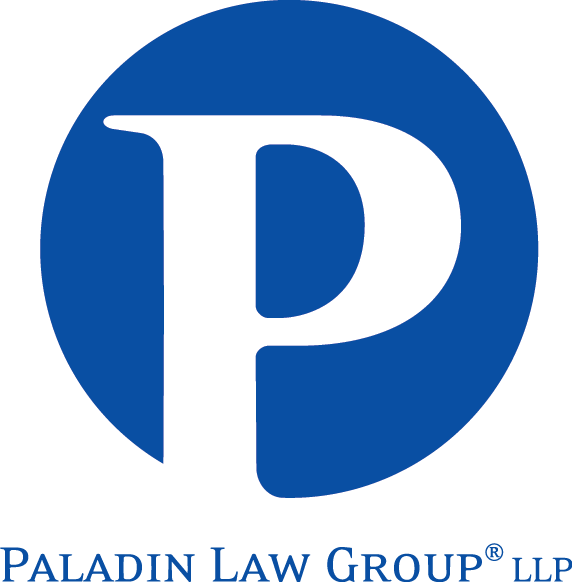Supreme Court Cuts Polluters a Break in Cleanup Case
- May 6, 2009
- Paladin Law Group® LLP
- Publications
- 0 Comments
By Bret A. Stone
The United States Supreme Court ruled against the federal government and declared that Shell and units of Burlington Northern Santa Fe and Union Pacific do not have to pay for most of the $8 million cost to clean a polluted chemical site in California. Burlington Northern & Santa Fe Railway Co. v. United States, __ S.Ct. __, 2009 WL 1174849 (S. Ct. May 4, 2009). The court agreed that Shell was not responsible for the damage because it had only provided chemicals to the site and had encouraged proper handling. With respect to the railroads, the court found their liability could reasonably be apportioned to just 9 percent.
The facts of the case center around the operations of a now-defunct agricultural chemical distributor, Brown & Bryant, Inc. (“B&B”), which operated a facility at which toxic chemicals were stored and distributed. B&B purchased its pesticides and other chemical produces from suppliers such as Shell Oil Company (“Shell”). Shell would send the products to B&B f.o.b. destination and deliver them to on tanker trucks. The chemicals would be transferred to bulk storage upon arrival. From there B&B would transfer the products to its own equipment for use in the field. During each of these transfers leaks and spills occurred.
Part of the land on which the chemical operation was located was owned by two railroad companies. Although the railroads never operated the facility, they were found liable as owners of the facility and as persons who “at the time of disposal of any hazardous substance owned or operated any facility at which such hazardous substances were disposed of.” Comprehensive Environmental Response, Compensation, and Liability Act (“CERCLA”), 42 U.S.C. § 9607(a)(1). The district court held the property owners liable for only a minor portion of the total cleanup costs, but the Ninth Circuit reversed finding that full joint and several liability should have been imposed on the railroads as property owners. The Supreme Court found, however, that the district court’s analysis of “volumetric, chronological, or other types of evidence” was reasonable.
The Supreme Court decision also cut polluters a break with its interpretation of “arranger” liability. Under CERCLA, any person that “arrange[s] for disposal . . . of hazardous substances” may be held liable. CERCLA, 42 U.S.C. § 9607(a)(3). The term “arranger” does not include the selling of a new and useful product if the purchaser later, and unbeknownst to the seller, disposes of product in a way that leads to contamination. Less clear, however, is whether the seller may be liable if it has some knowledge of the buyer’s planned disposal. The court concluded that knowledge alone is insufficient to prove that an entity “planned for” the disposal, particularly when the disposal occurs as a peripheral result of a legitimate sale of an unused, useful product. Some level of intent to dispose of a hazardous substance is required. The court found that Shell took numerous steps to encourage its distributors to reduce the likelihood of spills, providing them safety manuals, requiring them to maintain adequate storage facilities, and providing discounts for those that took safety precautions. Although these efforts were not entirely successful, the court found that Shell’s mere knowledge that spills and leaks continued to occur was insufficient grounds for concluding that Shell “arranged for” the disposal.
This decision will no doubt have a major impact on government enforcement actions and private cost recovery actions alike. At the end of the day it could leave the government or the current landowner holding the bag.

Leave a Reply
You must be logged in to post a comment.